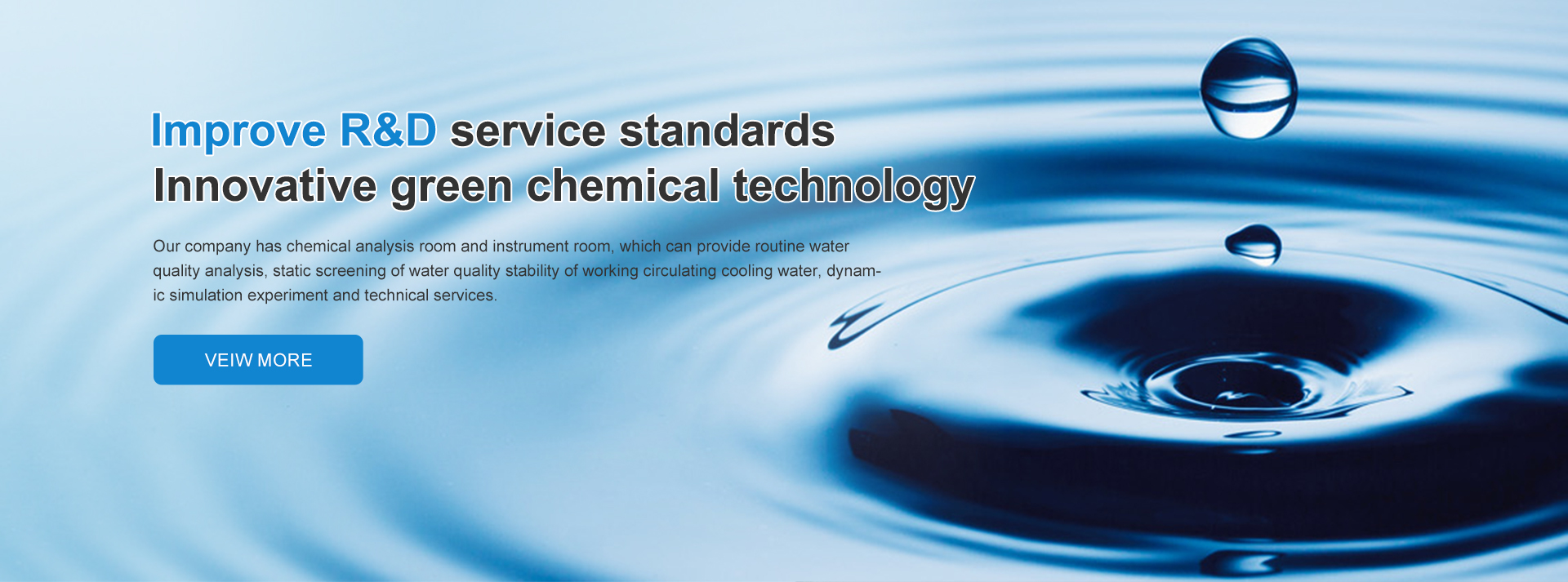poly aluminium chloride uses in water treatment
Poly Aluminium Chloride (PAC) is a widely utilized coagulant in water treatment processes. Its effectiveness in purifying water has made it an essential component in both municipal and industrial applications. PAC is a type of inorganic polymer that acts as a flocculating agent, helping to remove suspended solids, organic matter, and some contaminants from water.
One of the primary uses of PAC in water treatment is in the clarification process. When added to raw water, PAC creates micro-flocs, which are tiny particles that agglomerate impurities in the water. These micro-flocs then combine into larger flocs that can be easily removed through sedimentation or filtration. This process significantly enhances the clarity and quality of water, making it suitable for drinking and other purposes.
Another advantage of using PAC over traditional coagulants, such as aluminum sulfate, is its lower dosage requirement and wider pH applicability. PAC operates efficiently across a range of pH levels, allowing for effective coagulation even in challenging water conditions. This flexibility is particularly beneficial in varying climates and water sources, making PAC a versatile choice for water treatment facilities.
poly aluminium chloride uses in water treatment

Moreover, PAC is particularly effective in removing heavy metals and organic pollutants, which are increasingly common in water sources due to industrial activities and agricultural runoff. The chemical properties of PAC allow it to bind these contaminants, ensuring that they are effectively neutralized and removed from the water, thereby improving overall water quality and safety.
The use of PAC in drinking water treatment also extends to wastewater treatment processes. In these applications, PAC helps in reducing the total chemical oxygen demand (COD) and biological oxygen demand (BOD) of wastewater effluents, making them safer for discharge into the environment. This not only helps in meeting regulatory compliance but also promotes environmental sustainability.
In conclusion, Poly Aluminium Chloride plays a crucial role in modern water treatment. Its effectiveness in coagulation, ability to operate under various conditions, and capacity to remove contaminants make it an invaluable tool for water service providers. As the demand for clean and safe water continues to grow, the utilization of PAC in water treatment will likely expand, contributing significantly to public health and environmental protection.
-
Water Treatment with Flocculant Water TreatmentNewsJun.12,2025
-
Polymaleic AnhydrideNewsJun.12,2025
-
Polyaspartic AcidNewsJun.12,2025
-
Enhance Industrial Processes with IsothiazolinonesNewsJun.12,2025
-
Enhance Industrial Processes with PBTCA SolutionsNewsJun.12,2025
-
Dodecyldimethylbenzylammonium Chloride SolutionsNewsJun.12,2025





